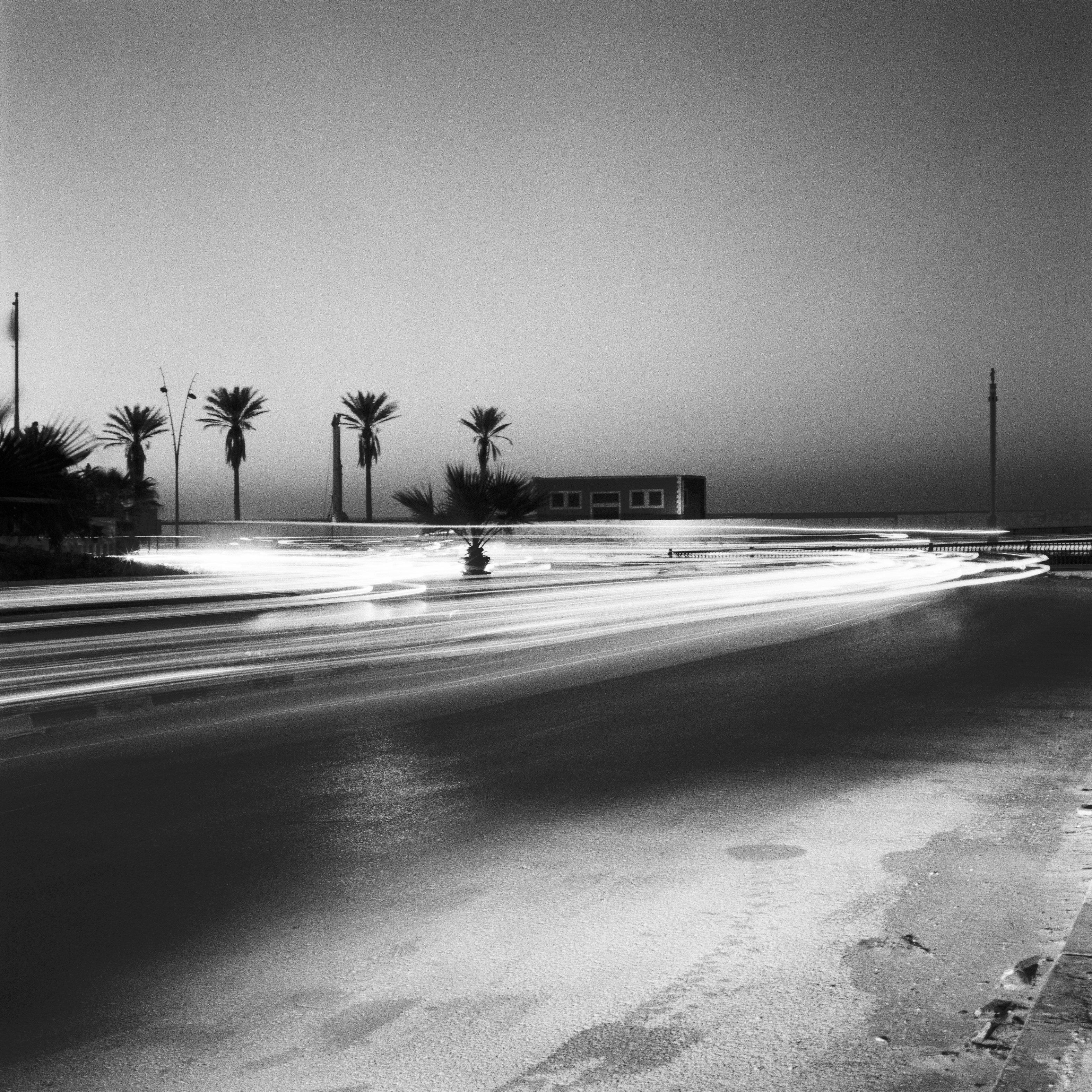Diana Matar’s work is concerned with memory. Often spending years on a theme, she attempts to capture the invisible traces of human history. Specifically, she is concerned with power and violence and the question of what role aesthetics might play in their depiction. Her photographs are conscious of the past and are the result of a rigorous enquiry into the possibility that a contemporary image might contain memory. Time is an integral element in the making of her work, both in the sense that her photographs are often taken at night, where film is subjected to long exposure times, and in the sense that her work arises from a cultivated patience that is attentive to the resonance of a particular place.
Matar’s Evidence series responds to atrocities committed between 1977 and 2011. She presents landscapes and architectural spaces where human rights violations took place during both the Gaddafi dictatorship and the ensuing Libyan civil war. Here the images stand in as ‘evidence’, because the acts of violence have gone undocumented or were covered up by the regime. Matar has described Evidence (2014) as ‘a response to the enforced disappearance of my father-in-law, a Libyan opposition leader who was taken by the Gaddafi regime in 1990’, and her work is a comment not only on the effects of dictatorship on a nation, but equally on the families and communities left behind.


